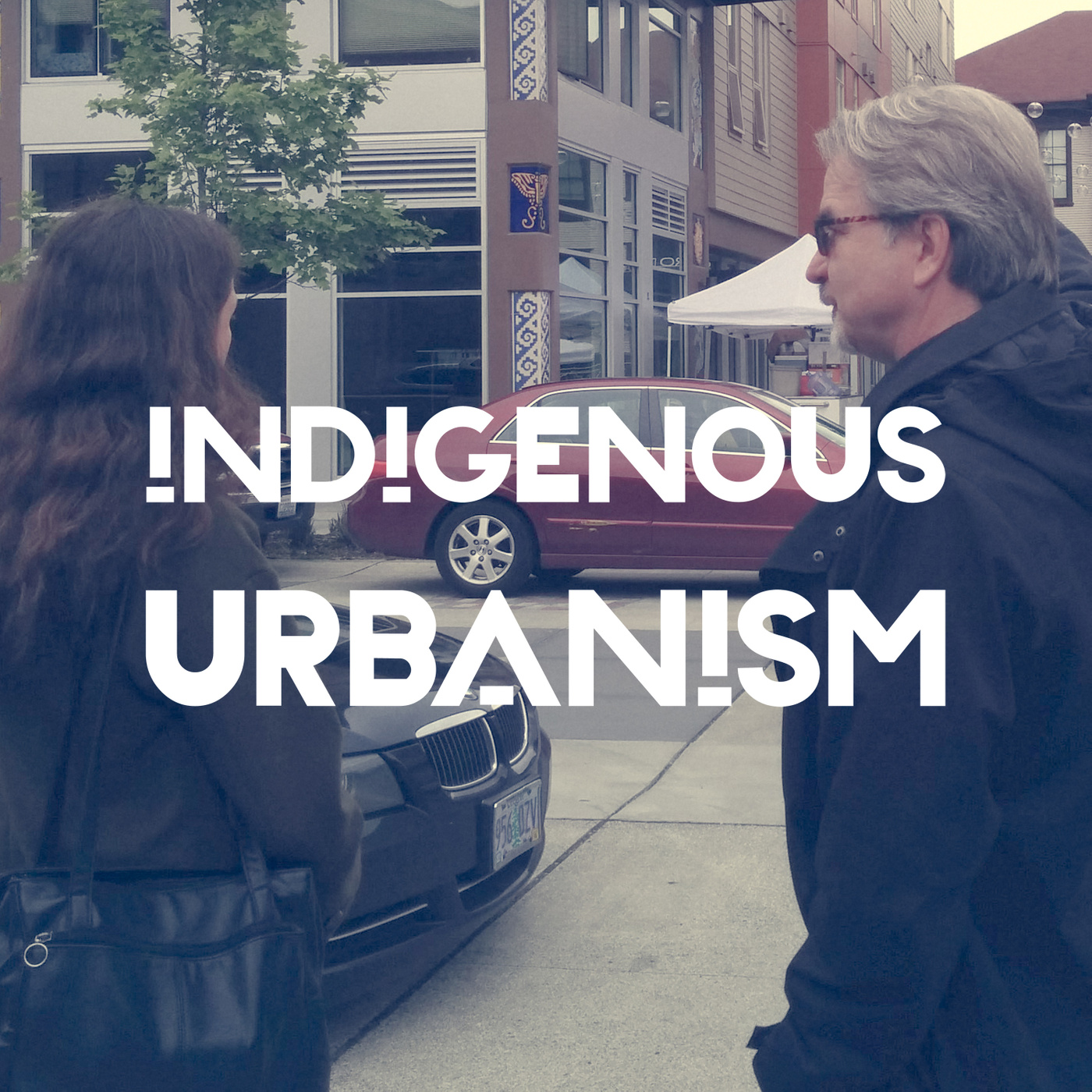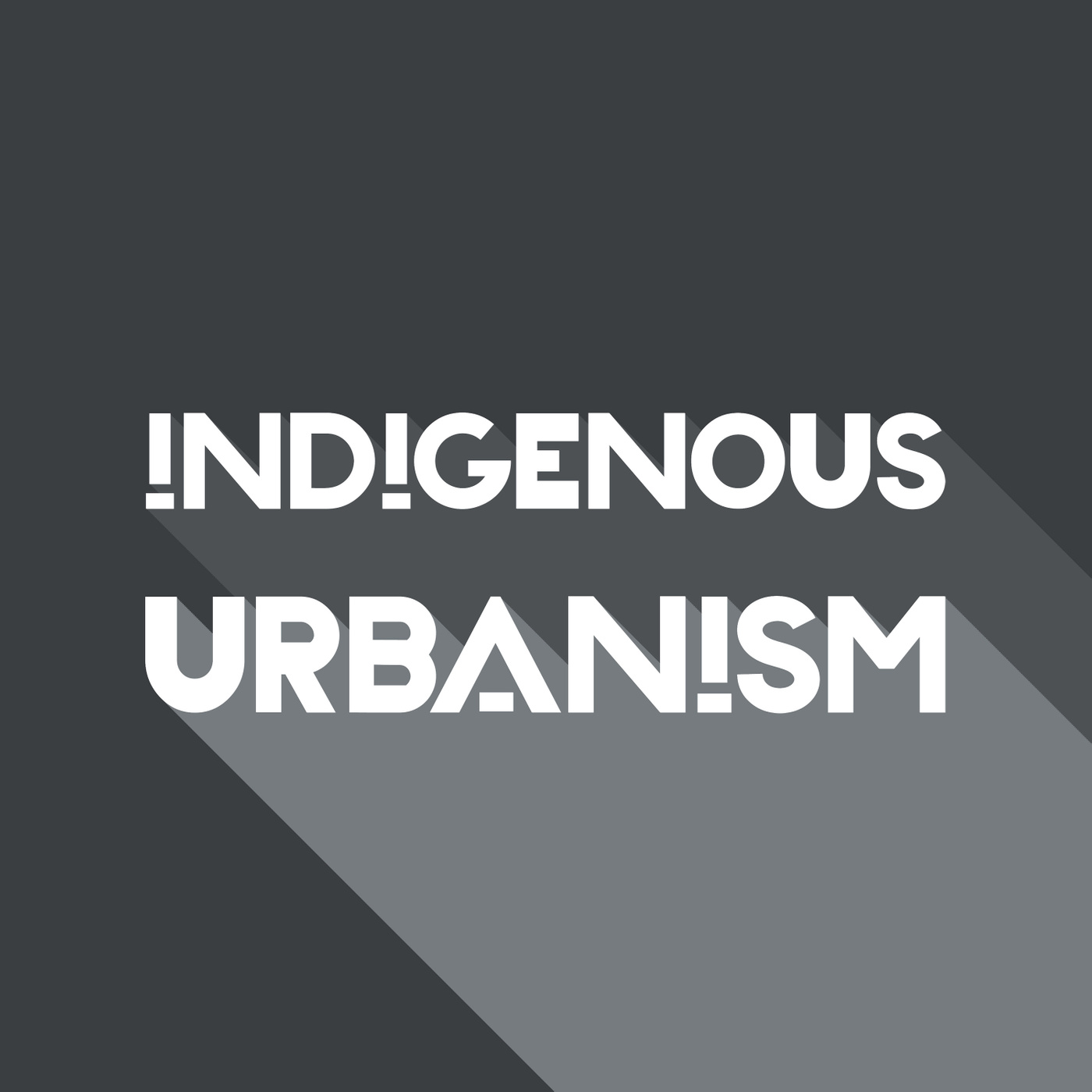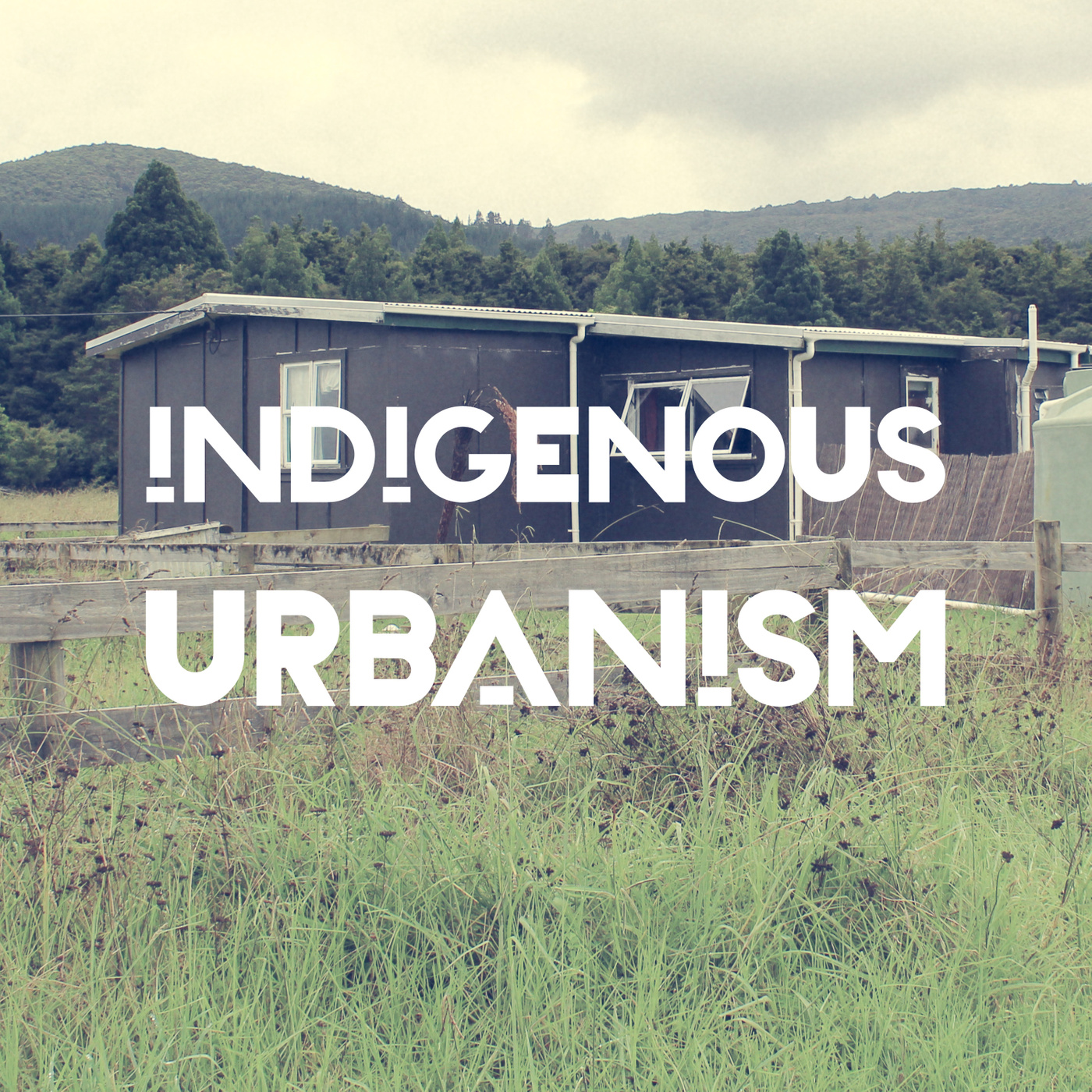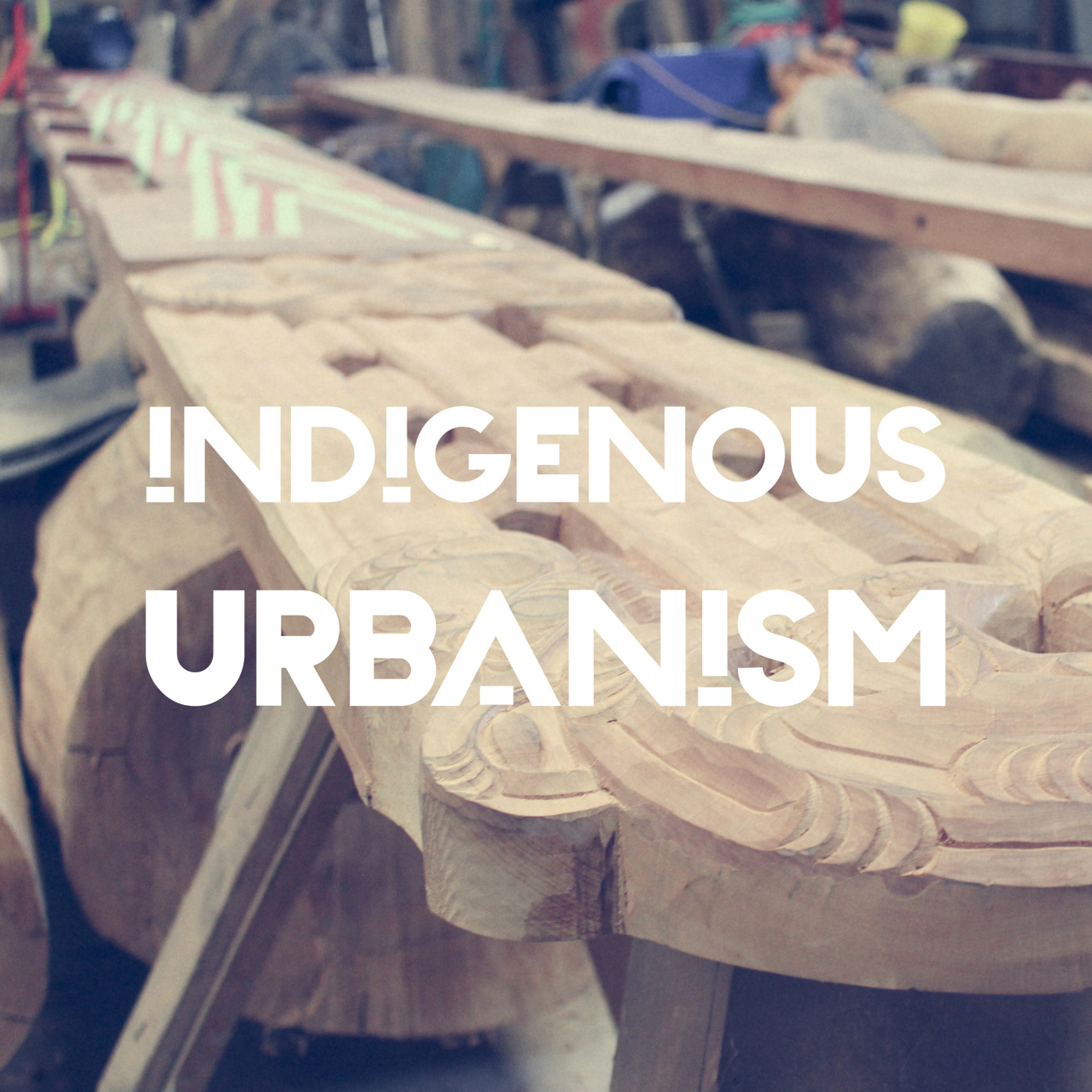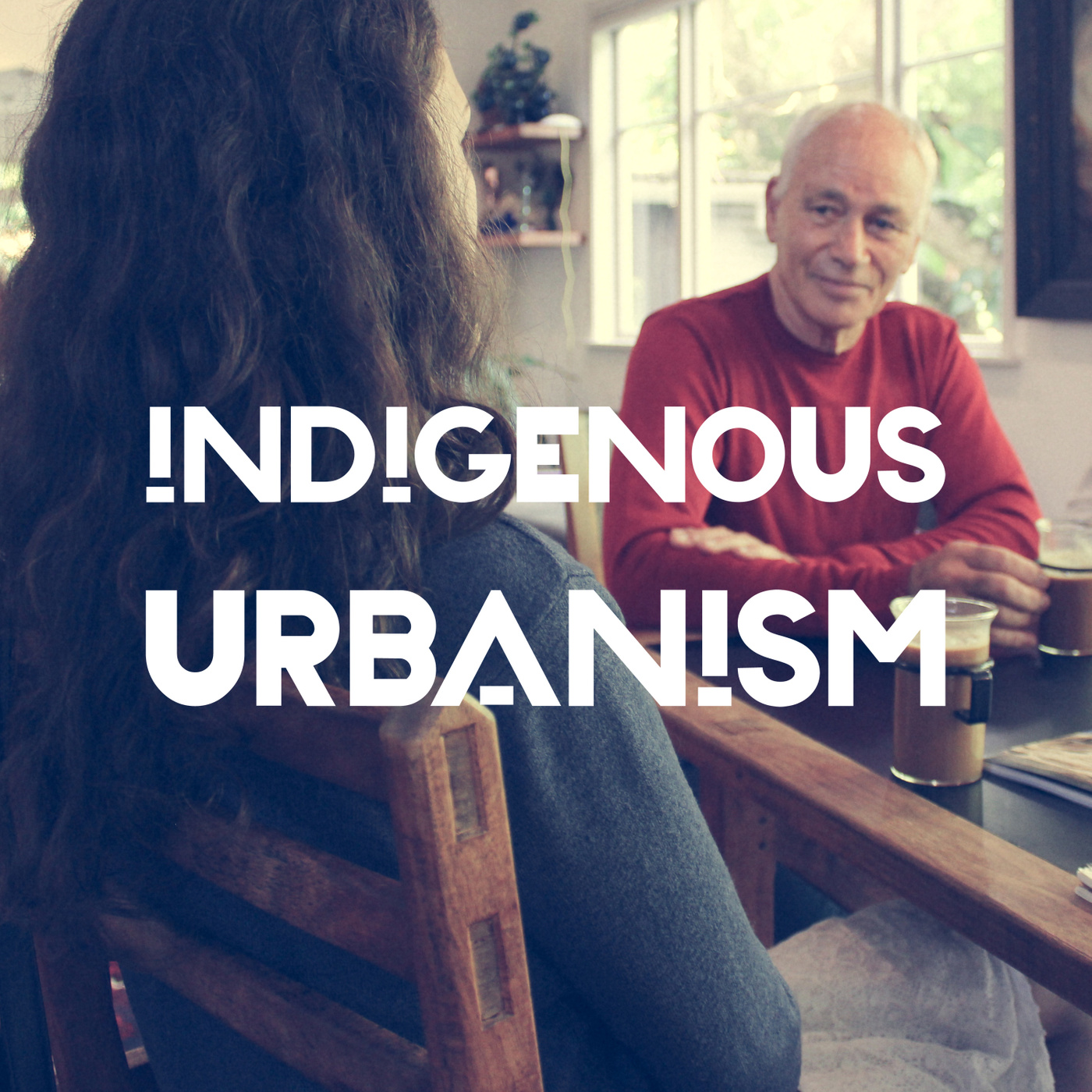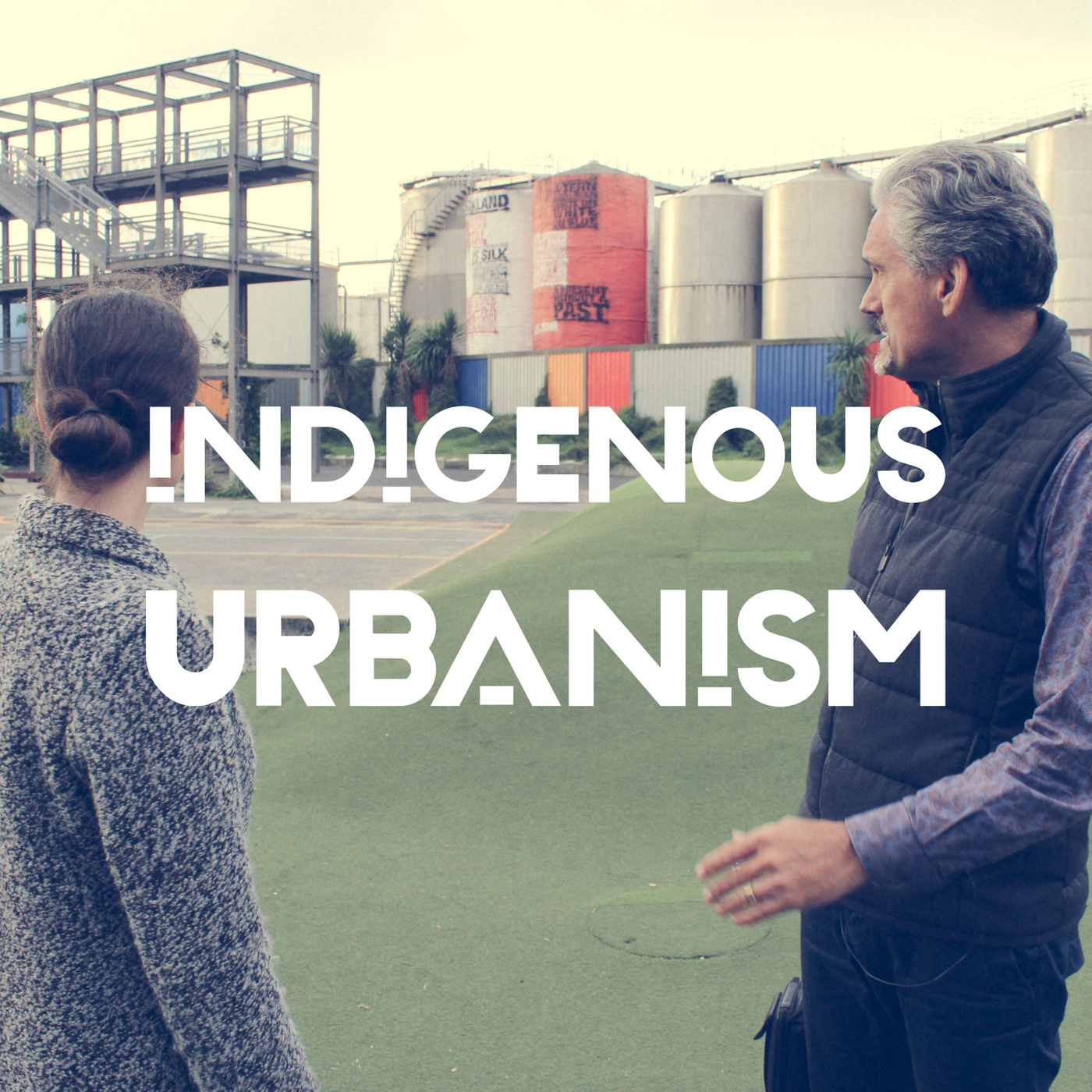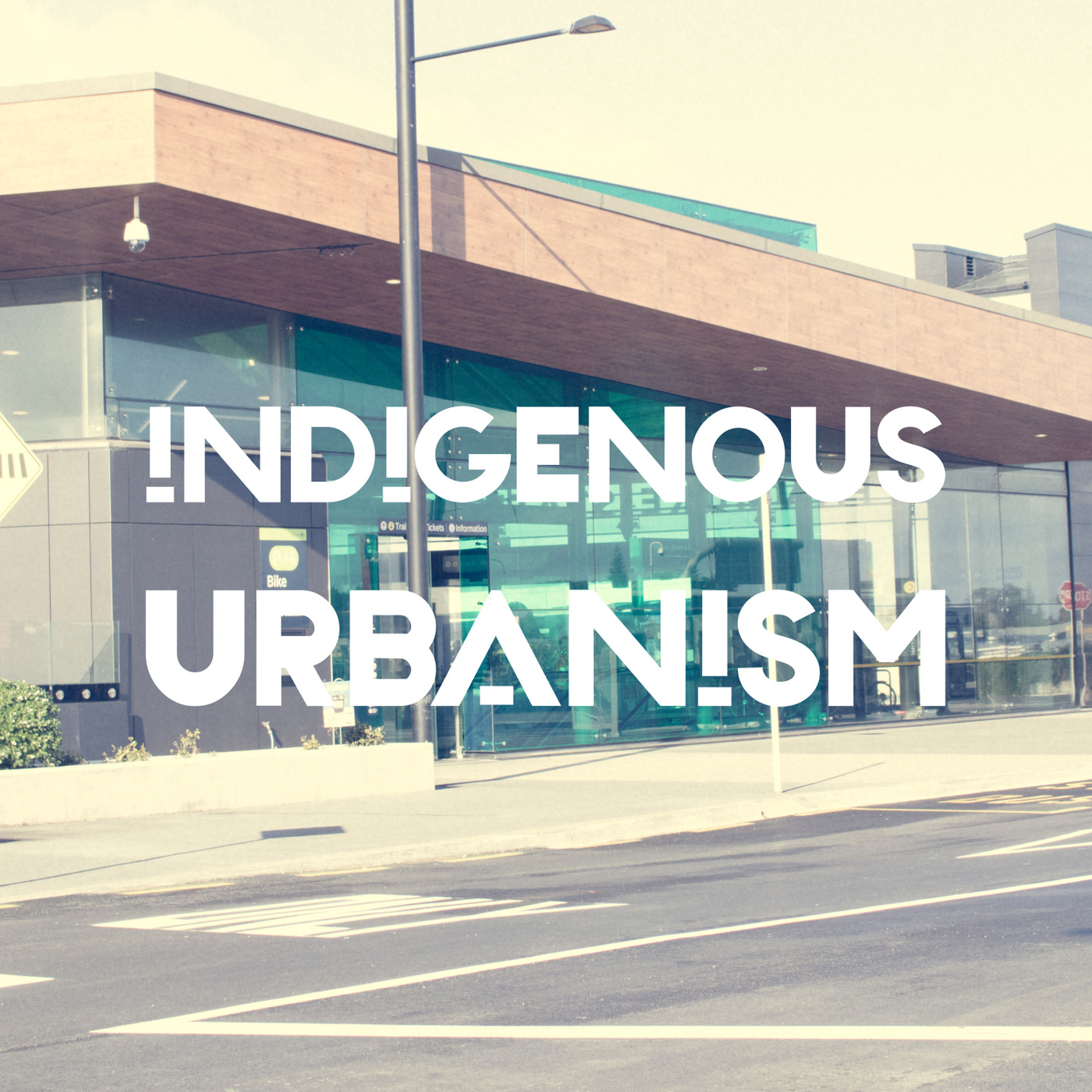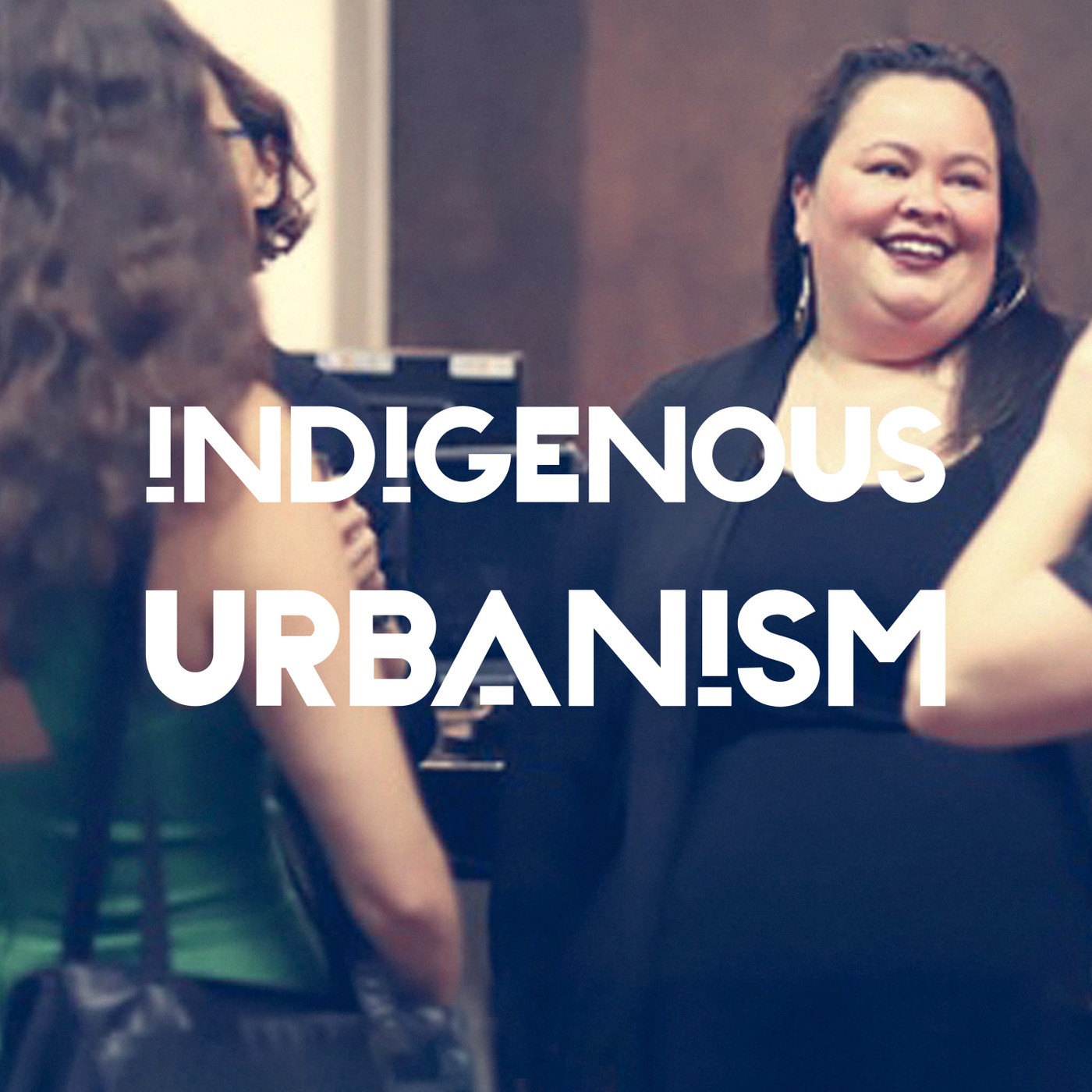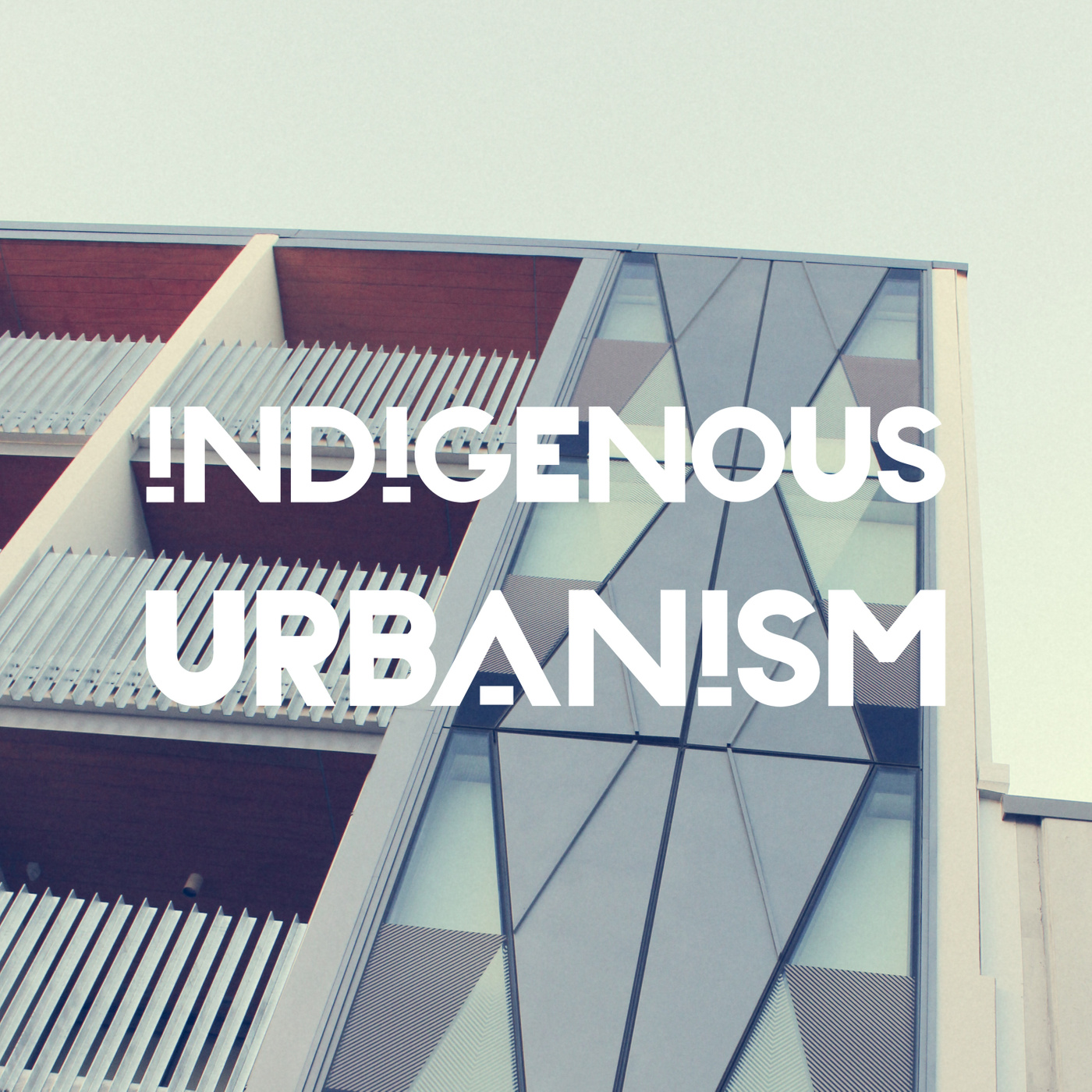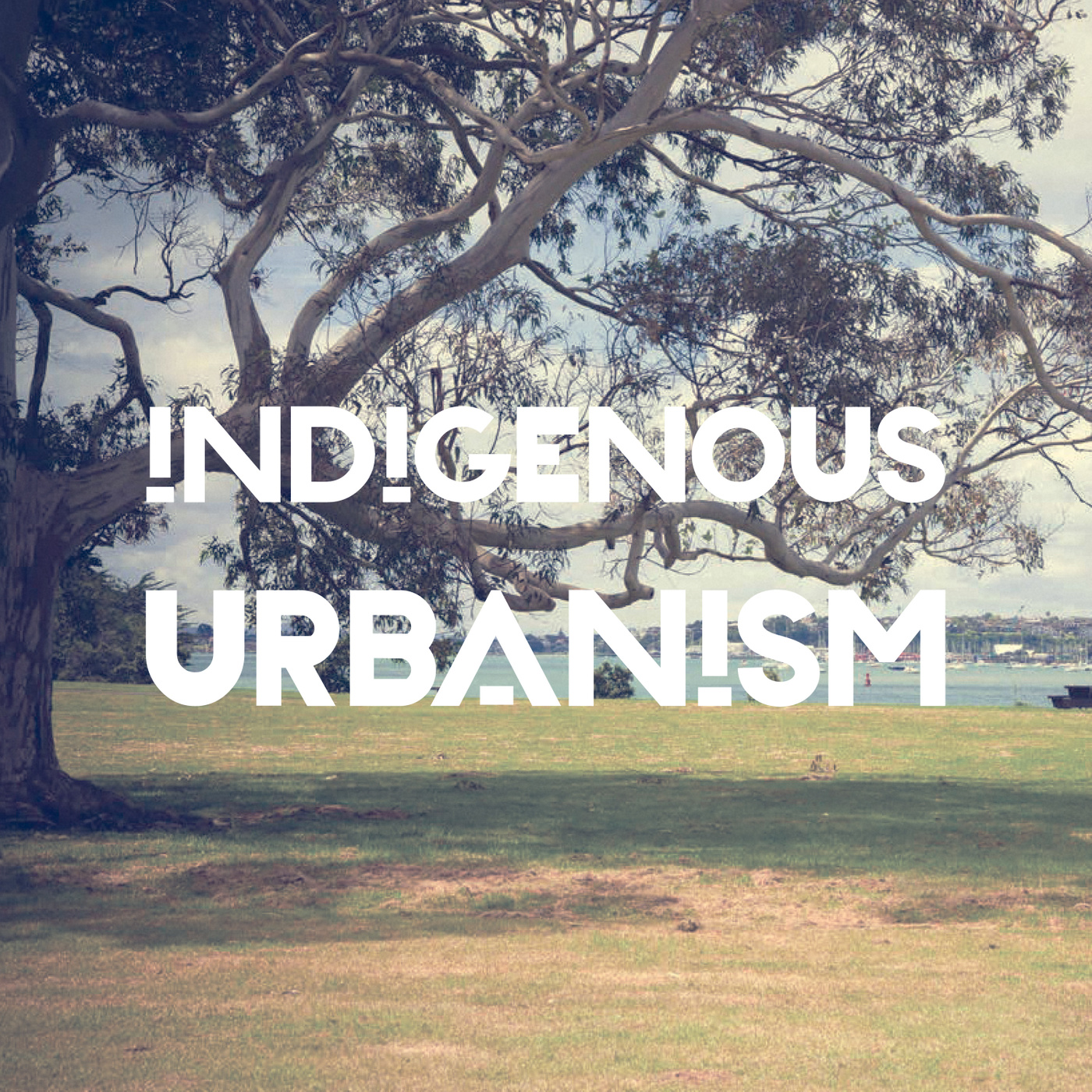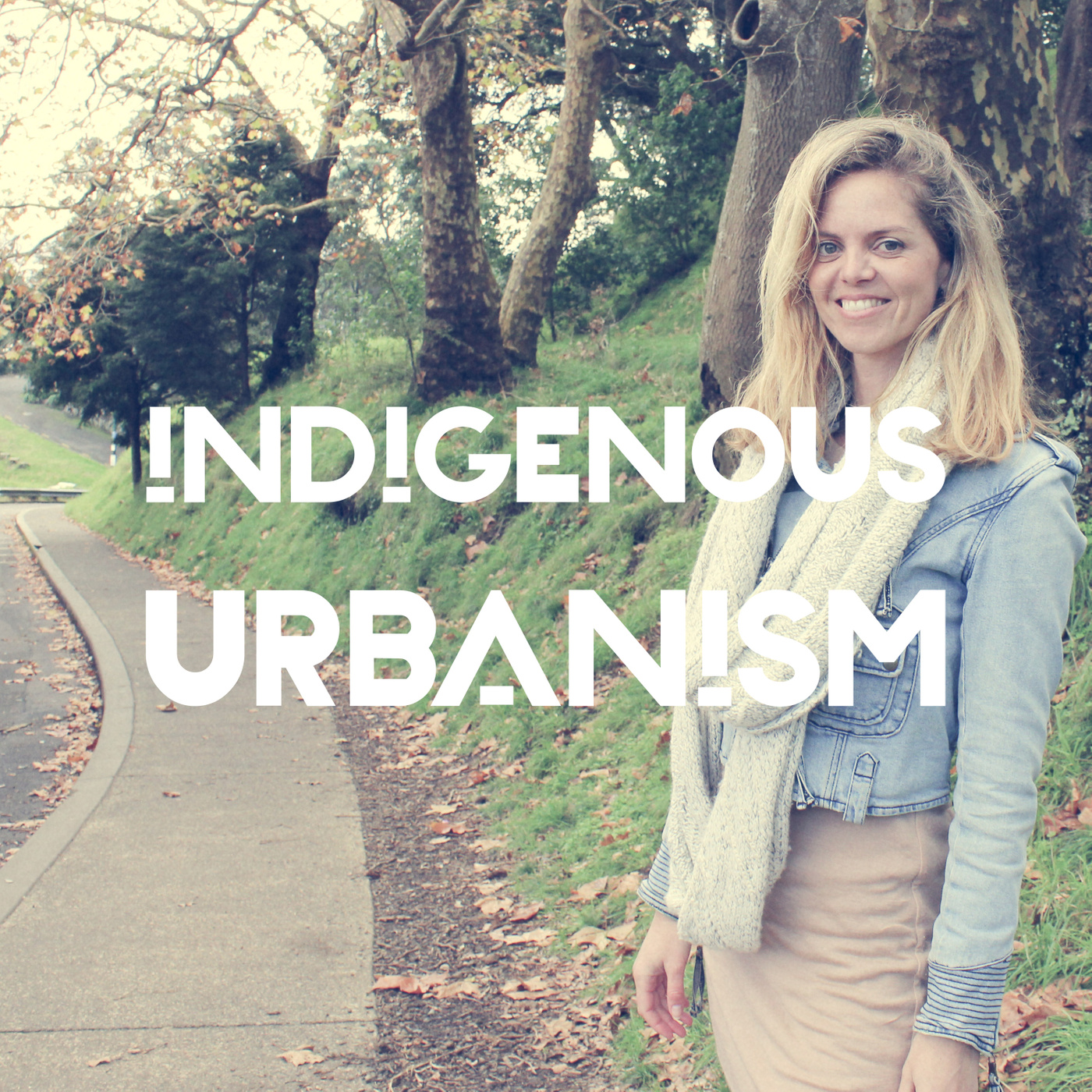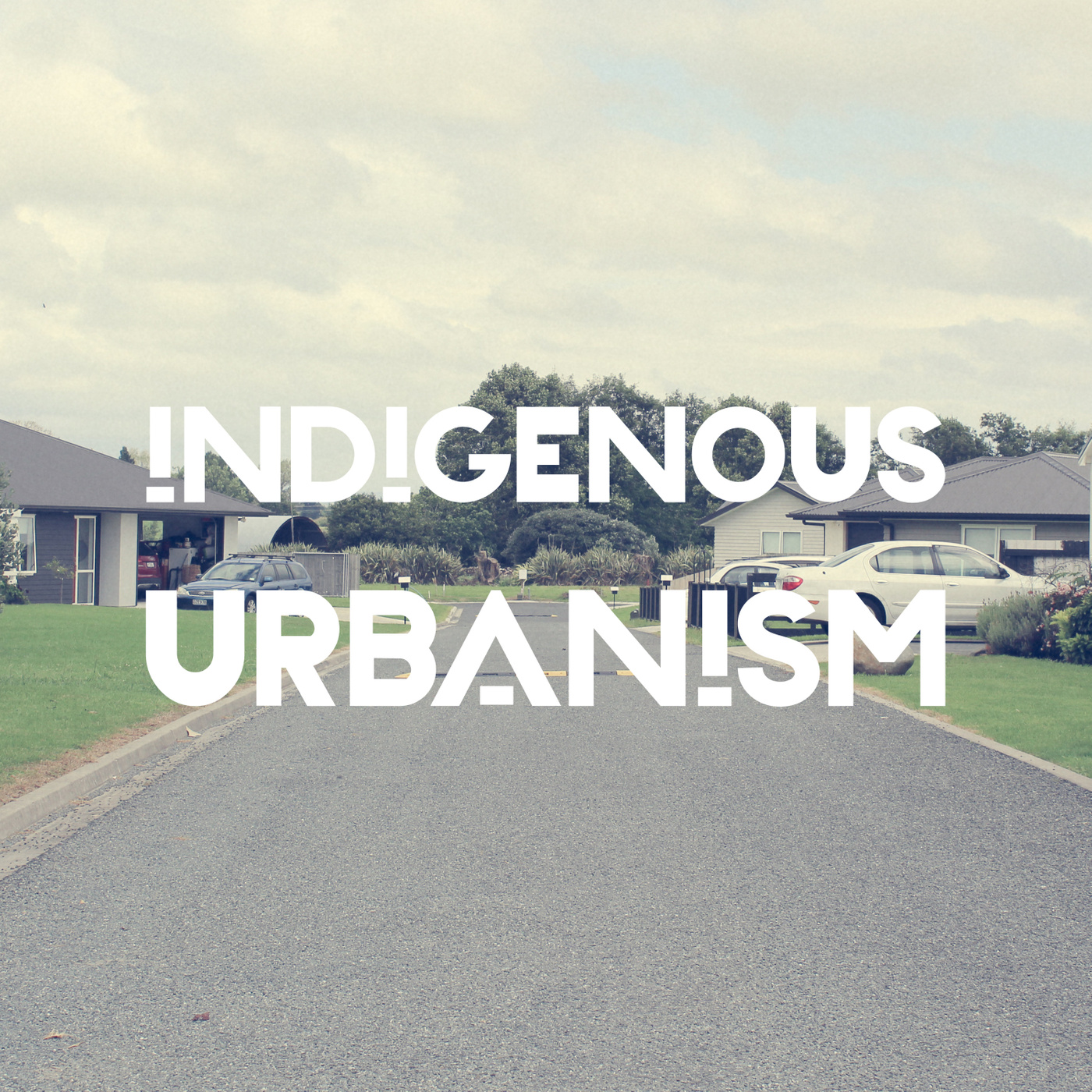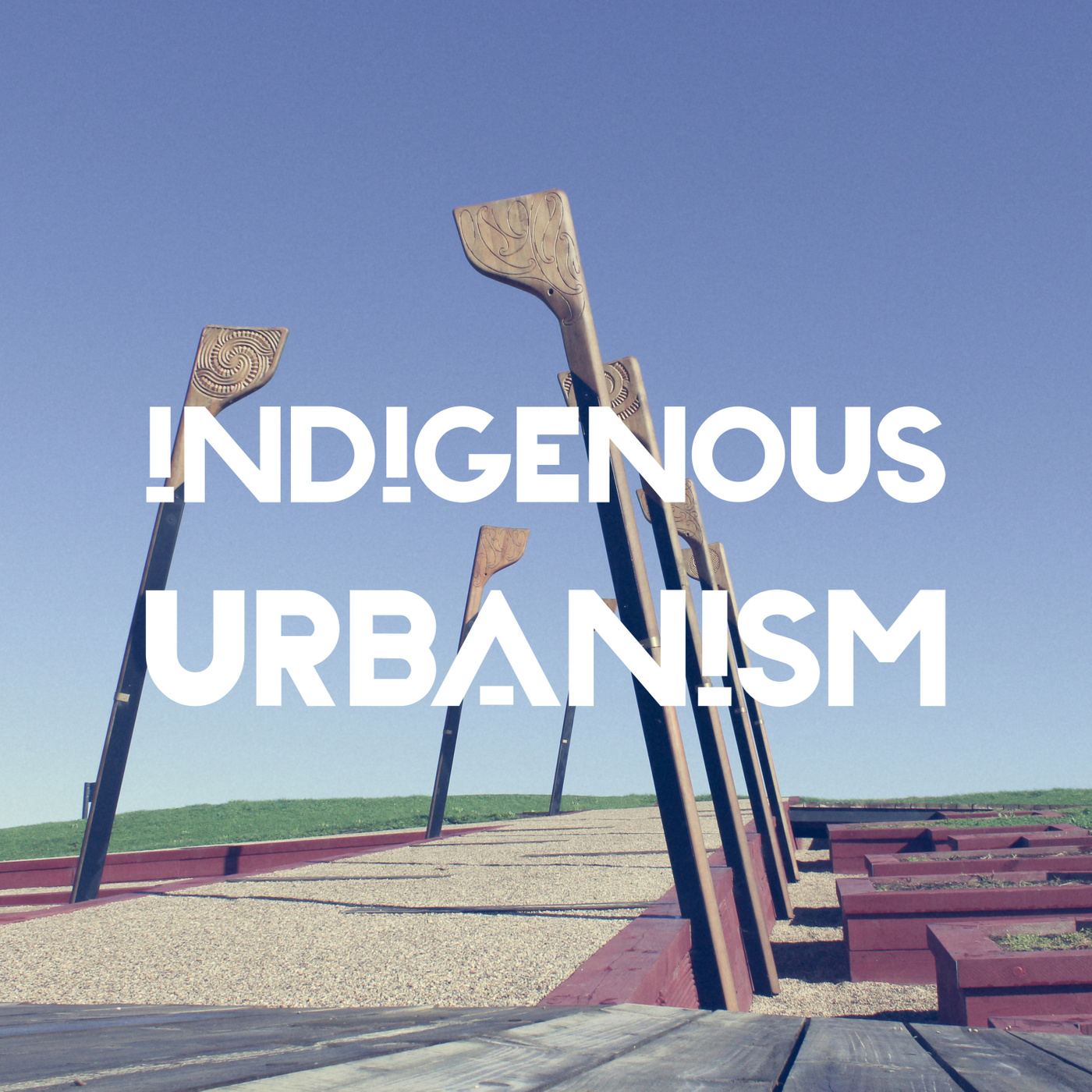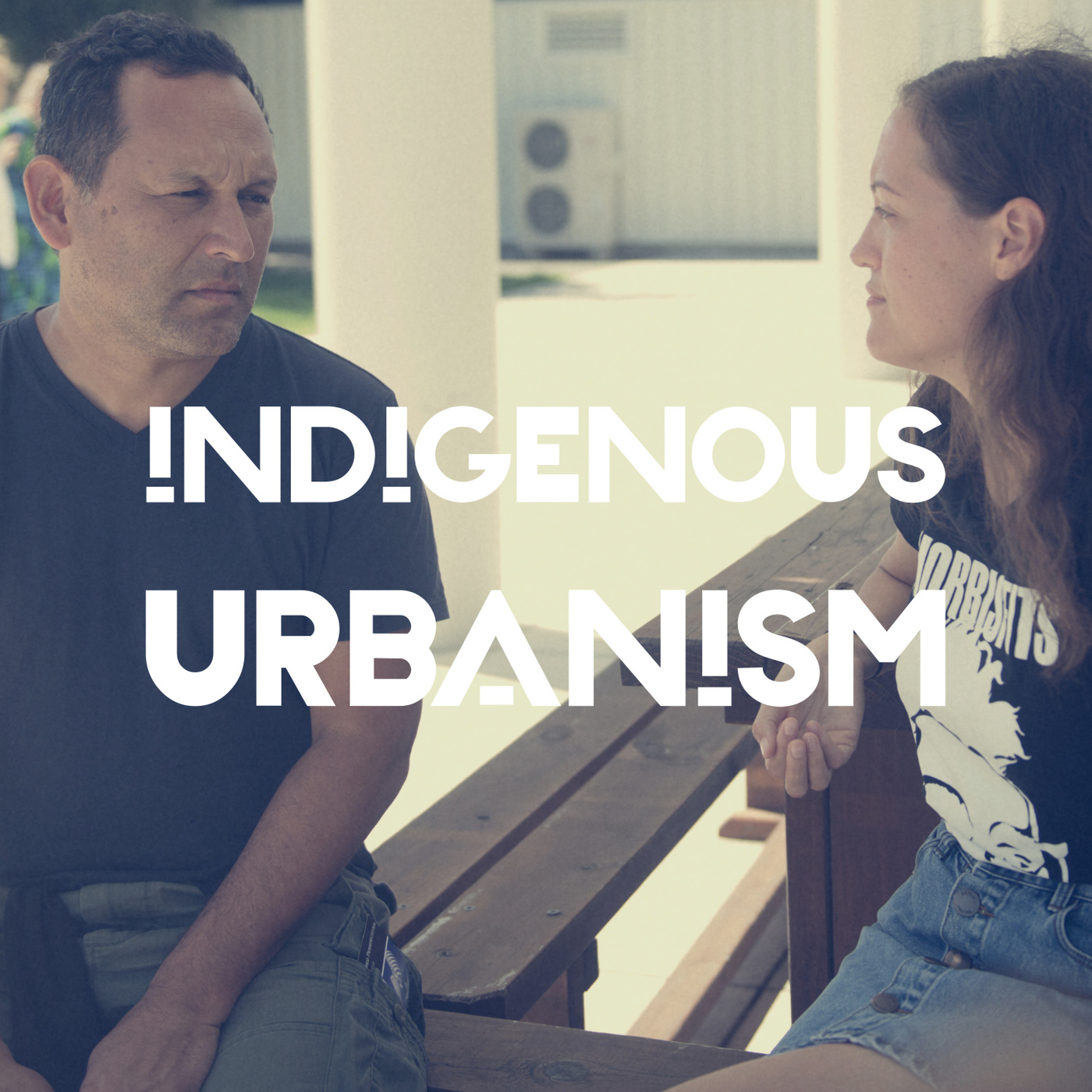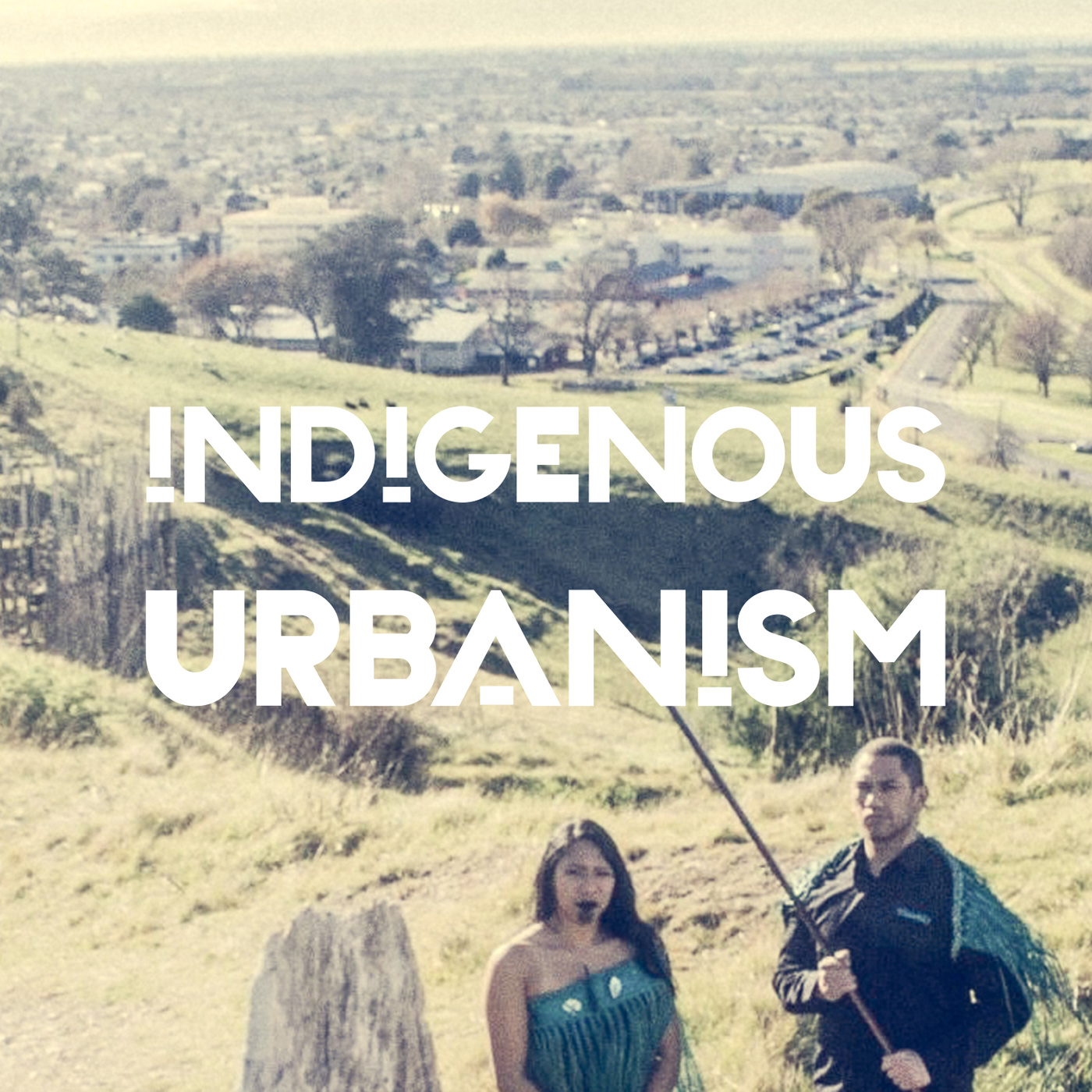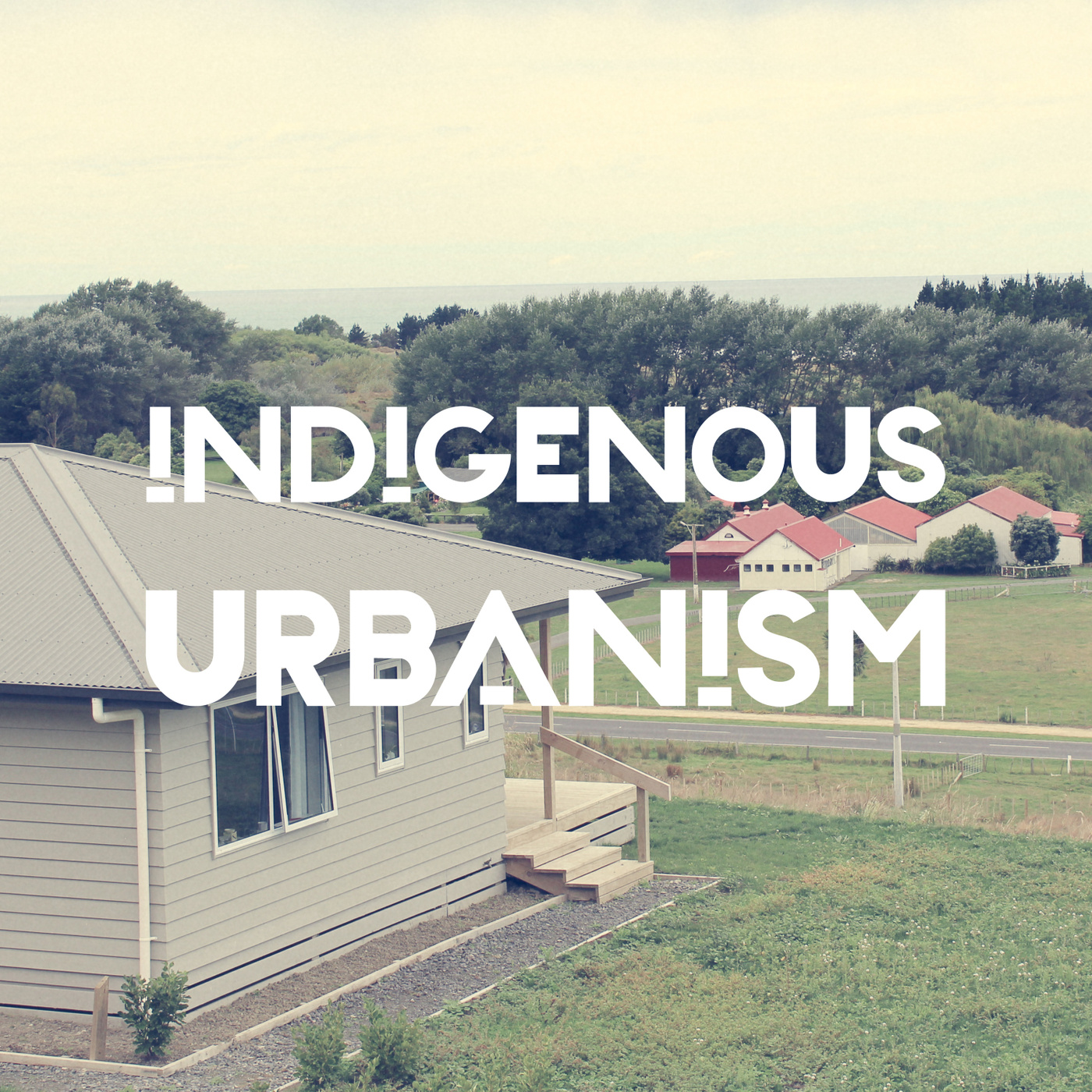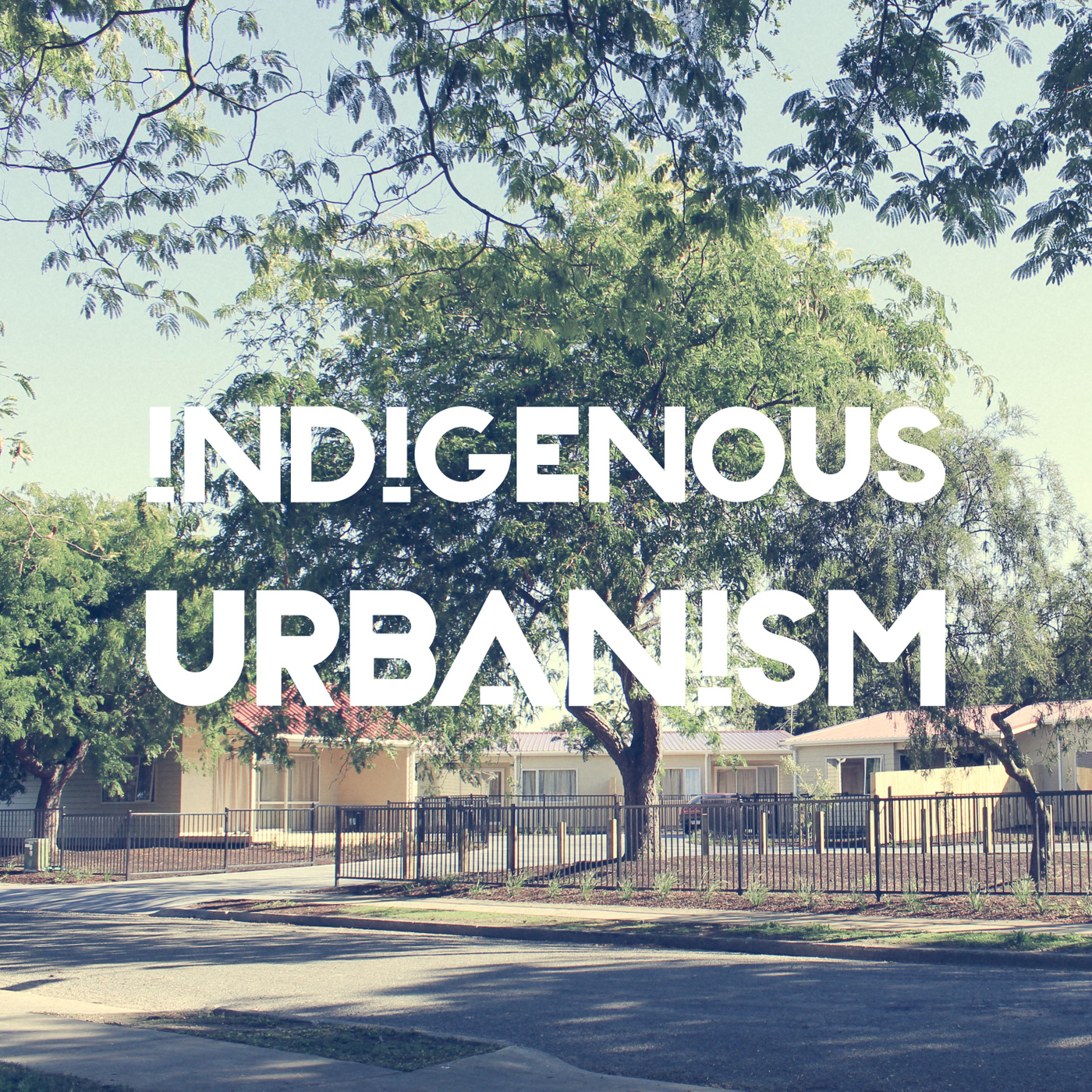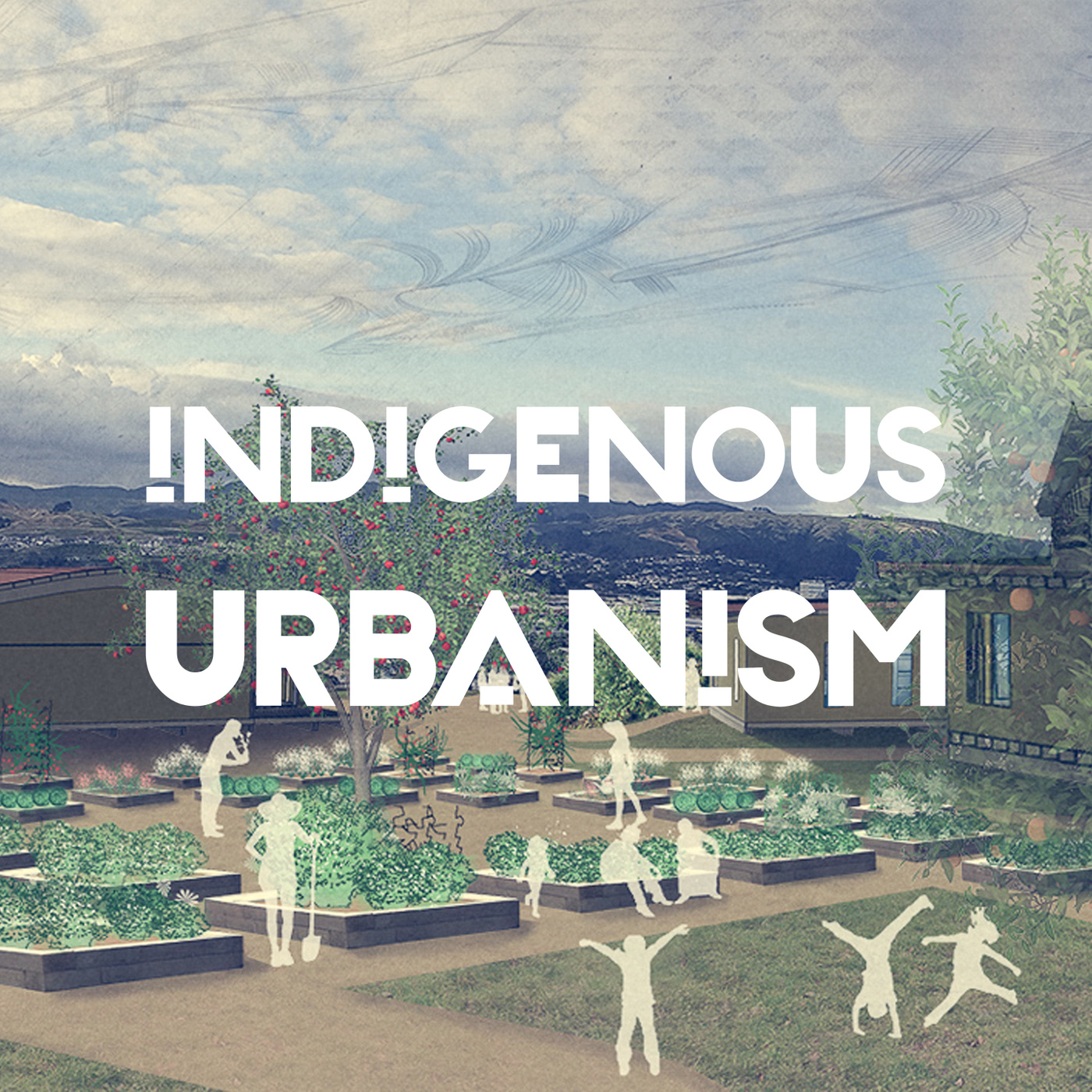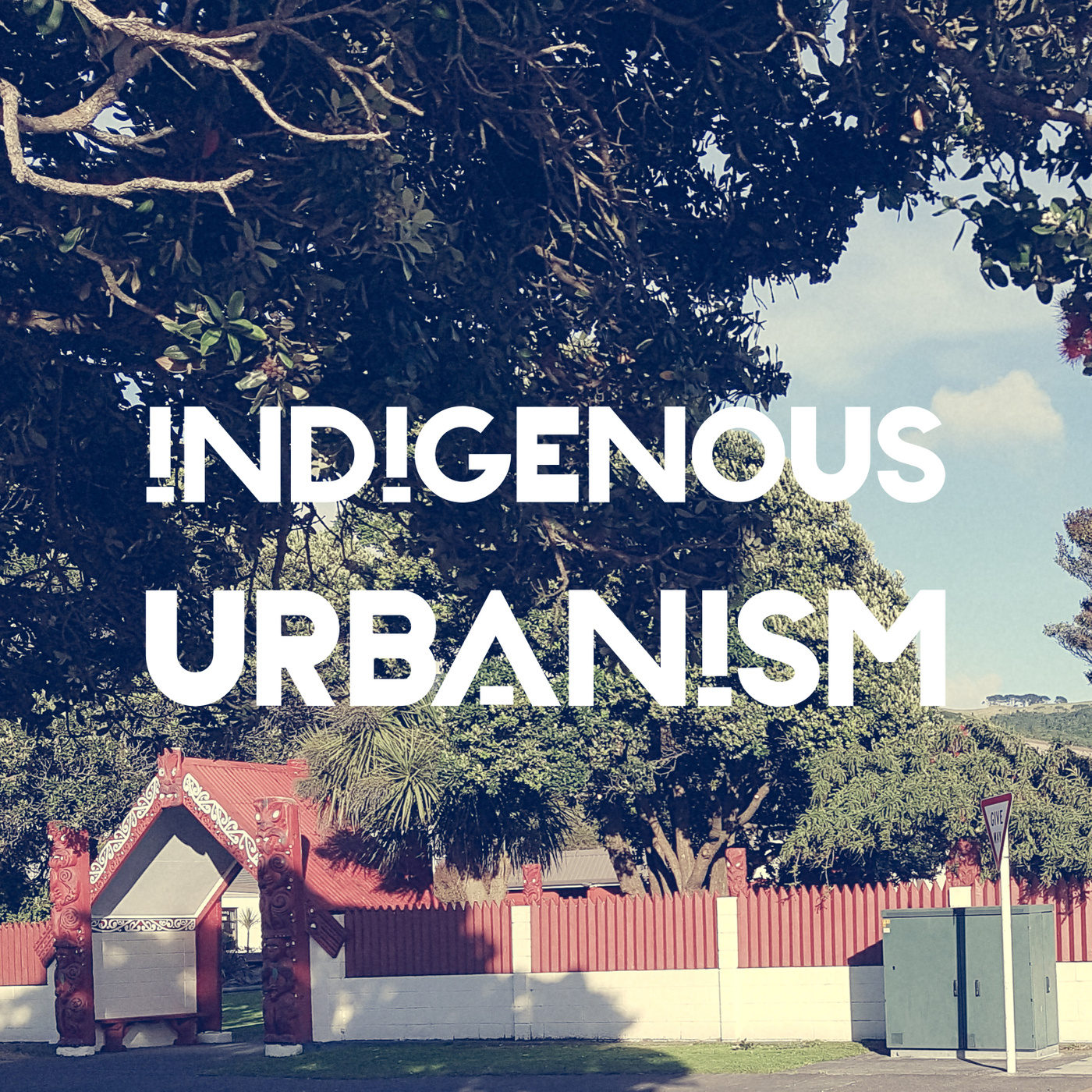In Conversation with Daniel Glenn
Description
EPISODE SUMMARY: On this episode of Indigenous Urbanism, we speak to Daniel Glenn, an architect from the Crow tribe in Montana who leads a firm based in Seattle, Washington specializing in culturally and environmentally responsive architecture and planning.
GUESTS: Daniel Glenn
FULL TRANSCRIPT:
Jade Kake v/o: Tēnā koutou katoa
Nau mai haere mai ki te Indigenous Urbanism, Aotearoa Edition, Episode 17.
I’m your host Jade Kake and this is Indigenous Urbanism, stories about the spaces we inhabit, and the community drivers and practitioners who are shaping those environments and decolonising through design.
On this episode of Indigenous Urbanism we speak to Daniel Glenn, an architect from the Crow tribe of Montana who leads a firm based in Seattle, Washington specialising in culturally and environmentally responsive architecture and planning.
JK: Do you want to start off by just telling us who you are and what you do?
Daniel Glenn: Yeah, I'm Daniel Glenn, I'm an architect based in Seattle now, originally from Montana, the Crow Reservation. Crow, we call ourselves Apsáalooke, in our language. I've really been focussing on tribal work for most parts of my career. Starting very young. My current firm, it's called 7 Directions Architects and Planners. We're a small firm, and we're working with tribes around our region in Washington, but also we have projects in California, we have a new one in Alabama. So we work in many parts of what we call Indian Country in the United States, primarily.
JK: What brings you here to Aotearoa?
DG: Well, this is my second trip. I was invited here two years ago to be part of this first Indigenous design conference. I was quite surprise actually, the first time I got the invitation. I didn't know anything about this place. I thought, the only thing I knew about New Zealand was Whale Rider, and the Māori. Which was one of kids' favourite movies, and I remember when I first met you I thought wow, you look like the girl in Whale Rider. But I thought, well that would be great, and I wasn't quite sure how they found me, but I agreed to come, and came with my partner Valerie. I was just taken by the place, and by the people, and I guess the significant thing was, when I came here I thought it would be an exciting trip, I would meet some interesting people, I would see some things, but I honestly didn't see how it would resonate directly with what I do, because it's such a different culture, a different place. And I think that's been the biggest revelation, is that the Māori are a colonised people, just like my own tribe and North American Native Americans, and First Nations peoples, and we share so many similar challenges and experiences and also, I think, opportunities, with the power of these cultures that we work within and are part of. Because of that I want to keep that relationship going, and keep that connection, and was very delighted to come back for the second annual.
JK: Yeah, I felt similarly when I saw your work, as you were talking about your process of working with communities, and the kind of things that were important to them, and the kind of buildings and environments that we're developed as a result. There's a lot of similarities with what we're trying to do and what we are doing. And so that was kind of a surprise, because again, I mean, we have the same context of colonisation, but the cultures are quite different. But it's been really affirming, I think, as we've started developing this community, and seeing the ways that we can support one another, really cool. So it's great to see you here again.
DG: Well thank you. Yeah, I would say there's more affinity, I've seen, now that I work on a Pacific coast, there's more direct affinity culturally, in some respects, with Māori, in terms of, in comparison to where I'm from, we're a buffalo people and horse people. So we don't have this strong connection to the sea, and like the whole. The Salish we're working with, they have the canoe journey and the strong connection to the canoe culture, and even the longhouse has real similar relationships to the whare here, and the way the marae is set up resonates with the communities that I'm working with. I do see some cultural parallels, but certainly very distinct in so many other ways.
JK: So I was really fortunate to come and visit you at your place last year. So we had a small group go on a bit of a study tour around Seattle and then onward to Vancouver to see Patrick, and then over to Ottawa for the symposium where we all gathered. Now when we were with you in Seattle, we had an amazing whirlwind two days, I think it was, and we saw a great many things. But I wondered if we could talk about maybe some of those projects.
DG: Yeah. Let's see, I think we started with the Puyallup, The Place of Hidden Waters. Yeah. So, it was exciting for me to be able to have visitors come all the way from New Zealand, and to bring them to that community. And when I told, talked to the tribe and said that you might be coming, they were excited about it too. And if you recall Annette Bryant, whose now a Council member of the Puyallup tribe, she was our client when we designed the building as the head of the housing authority. So she welcomed your delegation in a beautiful ceremony, which I was very happy to have that happen while you were there. Cause I always feel like we can't ever match ourselves the welcome that we receive here. But they welcomed you with song, and drums, so I'm glad that happened. And I'm glad you got to see in person, cause I'd shown the film, that certainly your viewers are welcome to see, there's this short clip of the Place of Hidden Waters, so you can actually see where we were. So I'm curious to hear your impressions in person, cause you saw it on film and then you saw it in person, what did you take away from that?
JK: Yeah so I think the way it was designed really resonated with us around how we plan our papakāinga, which usually involves housing alongside other communal facilities integrated with the landscape as well. There's the community centre at the middle, which I believe was a basketball gymnasium or something that's been extended?
DG: It was an old gymnasium that was just almost defunct, it was a concrete block structure and had been built there to serve a youth home that was on the site, for troubled youth that had been there. And then that was adjacent to 27 townhomes that were also sort of, they were still occupied and everything, but there's a lot of issues in the community with crime and with drugs, and challenges that they were facing, when we started the project. So yeah, the community's, we went through a process and one of the key questions at the beginning was, what do we do with that old gym? Do we keep it, do we take it down? And then actually what we came to, is we realised wait a minute, this is, the gym is, first of all it's a solid structure, it's large. We analysed it economically, it made sense to keep it, but also we realised that traditionally in the Salish culture, when they would expand a longhouse they just extend it longer, and make an additional space for additional families. Sometimes up to like fifth of a mile or more of longhouse. So we took that idea and expanded by extending it out and creating that, whole sort of living room, as we thought of it for the eventually 47 units that we created there.
JK: And those units, they're a mixture of different sizes?
DG: Yeah, so, the original development has two- and three- bedroom town homes, and some fours. So when we designed this, one of the needs that they had was housing for elders, seniors in the community, and so in our process that there was not a desire on the part of the elders to be isolated, like to have just elders community and then families. So, we developed this typology that kind of came about from the program, but also studying the archetype, which is what we often like to begin with, studying the tradition of the tribe, and that case the longhouse or plank house structure, which in that region was a shed, single slope roof. And when we were analysing that we realised that there was many ways that we could manipulate that structure, that form, but in section it worked to sort of get at that form, we found that if we had one side one storey, and the other side two-storey, we could create that overall concept of the longhouse. And so that gave us the opportunity on the one side to have flats that are for elders, fully accessible. And then on the other side, two storey town homes for families. So it's a mix. And then they share this long gathering space in the middle that's akin to the longhouse itself. So, historically, those structures had shared central long spaces that had fires along them, and each family had a fire in the middle, and then they had their sleeping spaces on platforms that were elevated, and they used woven mats to create privacy. So we took that idea of those sleeping spaces, and in a modern context made those into homes. So, townhouses, with the central common semi-covered open space. So, yeah, it was a mix of inter- multi-generational housing, which is something that we like to do, and it's reflecting the needs of these communities that we work with. So we ended up building, each building has ten units in it. Five elders, five families. We built two of these structures, so there's twenty altogether, and then the 27 we renovated and improved. So it's a 47 unit community, with the community centre at the heart, which includes now a refurbished gymnasium, and a gathering space. And then the other key part of it was that it's adjacent to a forest that is a slope down to the Puget Sound, because they're Salmon people and their very protective of the water. That was a big challenge of how to make this place in a way that

